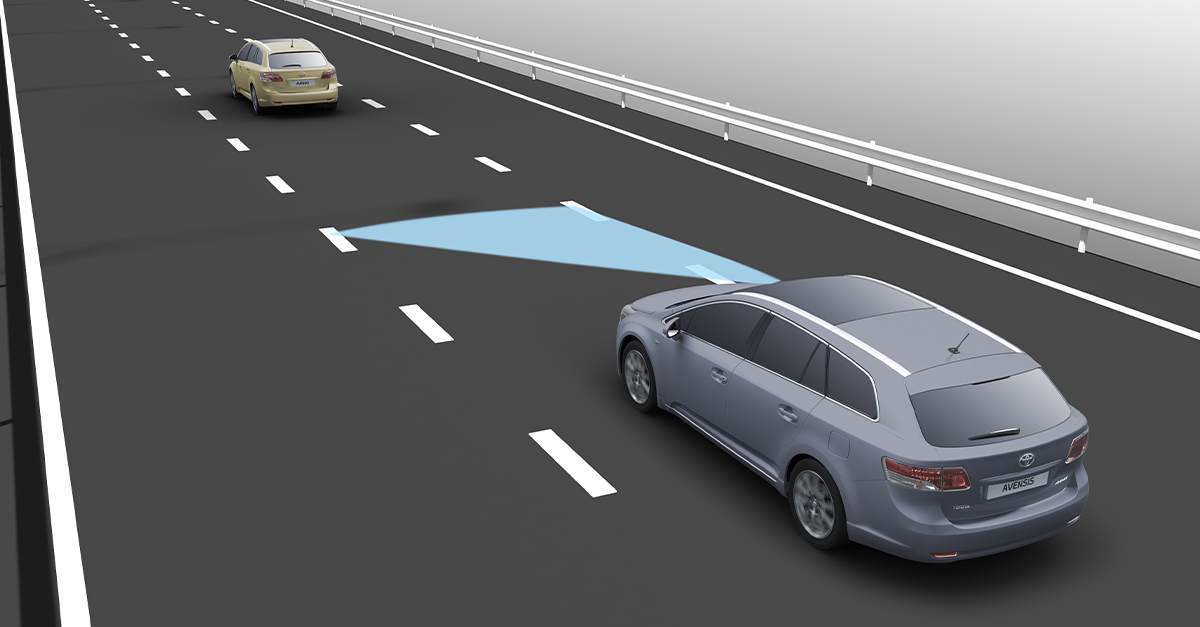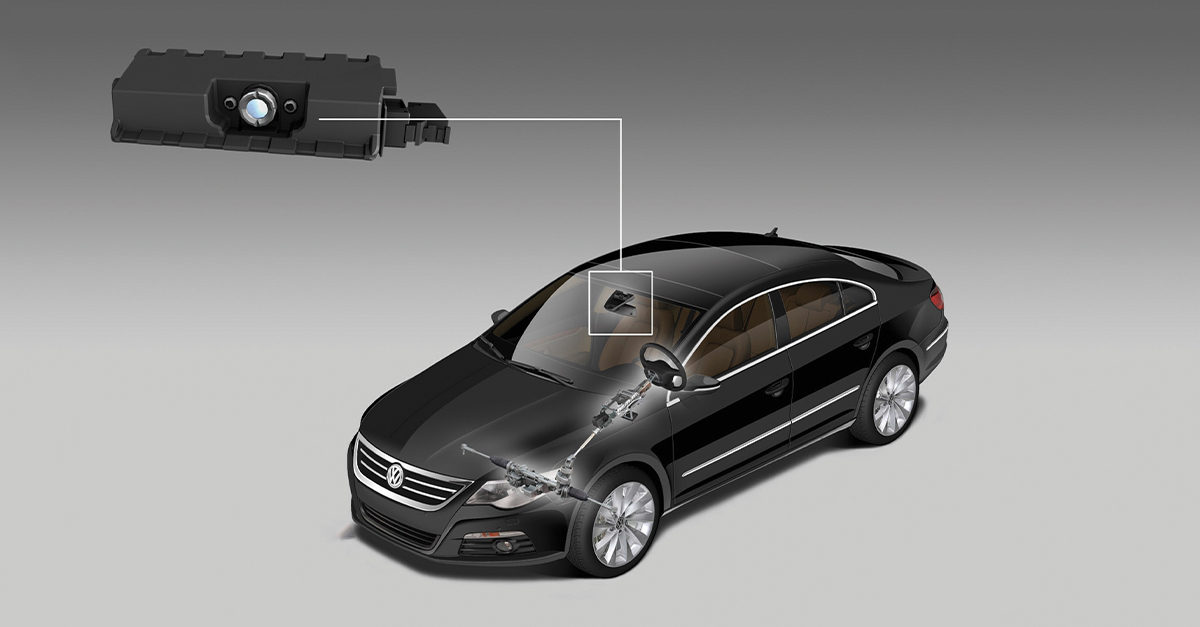How does lane-keep assist work?
On By
The majority of new cars sold today will feature some type of lane-keeping technology, but how does it work?
What is lane-keep assist?
Lane-keep assist goes by many names depending on the manufacturer that's selling it. The technology’s main task is to keep you from accidentally drifting into a busy lane or off a road. If successful, this feature will keep you and the other motorists around you safe.
Some lane-keep assist systems (LKAS) are more advanced and will feature on vehicles with level 2 vehicle autonomy. This is because they can alter the car’s direction by steering the car back into the centre of the lane itself, therefore providing ‘partial driving automation’ as a result.
Lane departure warning systems (LDWS) are another type of lane assist technology that simply alerts the driver if they're veering out of their lane.
Alongside speed limiters, more basic forms of lane-keep assist are expected to be made mandatory on all new cars in 2022. They play an important role in preventing car accidents caused by tiredness at the wheel.
History
This type of technology can be seen back in the year 2000 with the Mercedes Actros truck that would make a loud noise on the side of the cabin that was drifting out its lane. The system would only kick in if the indicators were off and would give enough warning to allow the driver to make their own correction.
Nissan and Toyota also developed their own lane-keeping technology on vehicles sold in Japan during the same period. Other car manufacturers across the globe would join this trend, leading to further innovations across the decade.
How does it work?
There are many variations of lane-keep assist but in general, they all operate in a similar way. A camera fitted behind the rearview mirror watches the road and monitors the white lines in relation to your vehicle. Some older models may also use infrared sensors instead of cameras.

Some systems will vibrate the steering wheel to warn the driver, others will use visual warnings and most will make an audible noise. The warnings will keep playing until the driver corrects their positioning or if they turn on their indicator.
Lane-departure assist may step in and adjust the car's steering if no correction is made. It does this by connecting to the ABS and applying either the left or right brakes to change direction.
Lane-keep assist systems are designed for motorways because this is often where accidents involving tiredness occur and the lines here are clearly visible for the camera to see. As a result, these systems are usually only active if you are travelling over 40mph.
Different levels of assistance can be set too. Some levels provide a firmer response from your car than others. You can override these corrections by steering against the pull of the vehicle.
Should I choose lane-keep assist?
Driver fatigue has proven to be a major factor in car accidents in recent years. If you're a driver who frequently drives on urban roads and motorways, covering long distances, then lane-keep assist is something that's worth paying extra for if you're buying or leasing a new car.
For more information on drowsy driving and why we get tired on long car journeys see our article on the topic here.

